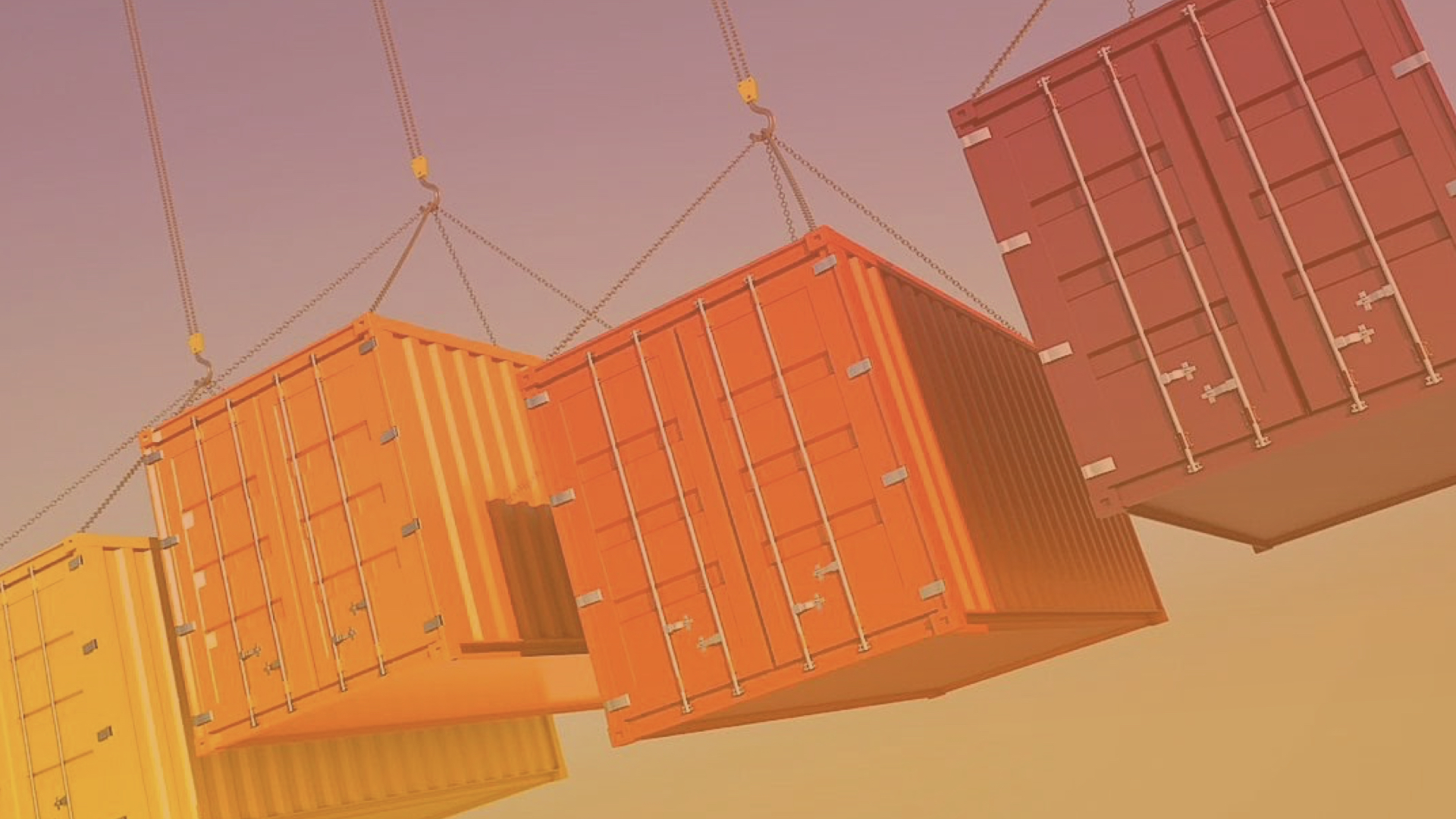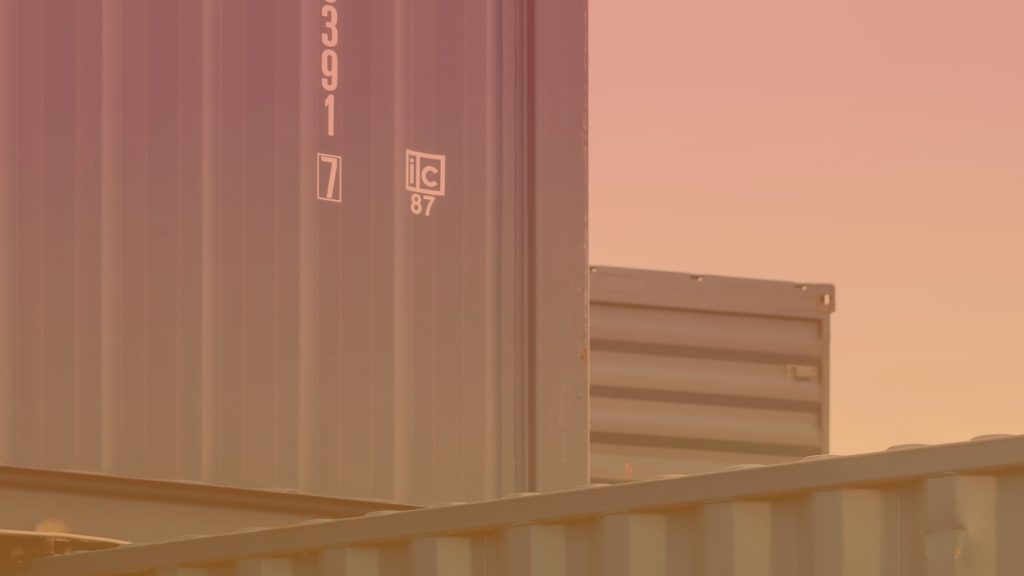A Brief History of Containerization

As logistics professionals, it’s hard to imagine life without shipping containers. But while it may seem that the ubiquitous steel boxes have been the backbone of supply chains around the world, it turns out that containerization — the way of shipping intermodal freight using standardized containers — is a fairly recent innovation.
Even though the concept of containerization is centuries-old, the ISO (International Organization for Standardization) containers we use today weren’t adopted globally until the early 1970s. This innovation was revolutionary, to say the least.
Before containers, for example, shipping docks operated almost entirely differently. Instead of the cranes and forklifts that move containers so efficiently from ship to dock, goods had to be loaded and unloaded manually as break bulk cargo. It was a labor-intensive, almost chaotic process. It involved huge crews of people and thousands of moving parts, but it was the way ports and shipping, in general, worked for centuries.
Containers made the supply chain more efficient in many ways. For one, the ability to put our cargo into identical modules helped us be exponentially more efficient with space. Containers can be stacked into neat rows and columns that maximize the limited surface area of a cargo ship.
Second, containers made intermodal shipping much more feasible. Now, instead of having to unload break bulk cargo from a ship into a warehouse and then load it again into a truck, a container can seamlessly go from ship to truck or train.
Third, shipment tracking became much more reliable and precise. The fact that containers are labeled with unique codes, makes it easier to know where a particular piece of cargo is at any given time. The list can go on and on.
Innovating the logistics industry is what drives us at Quickload. That’s why, even though they might seem such a matter-of-fact part of what we do as shipping professionals, we find containers very inspiring. The kind of efficiency and advancement they brought to the supply chain is what we work hard every day to achieve.
Learn more about what we’re doing to make logistics more efficient and transparent.
Content Creator: @PablitoTorres


